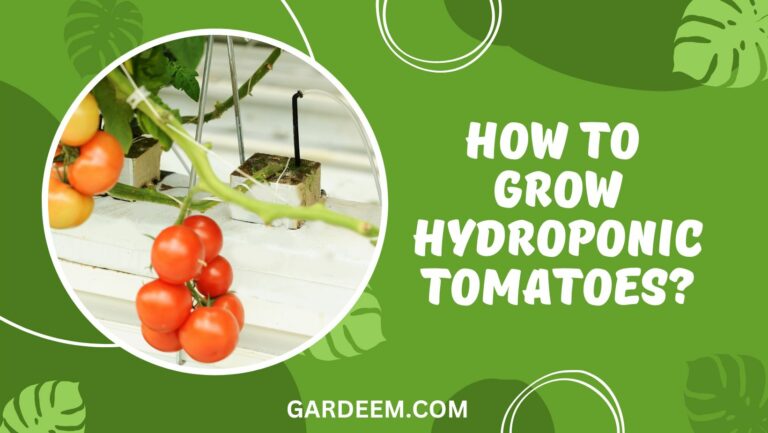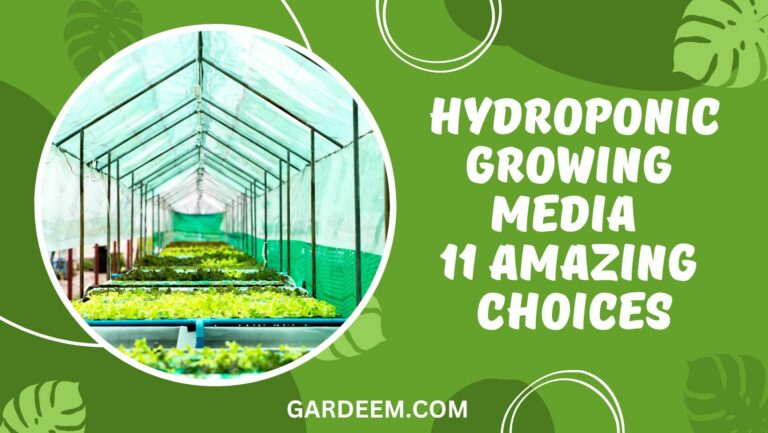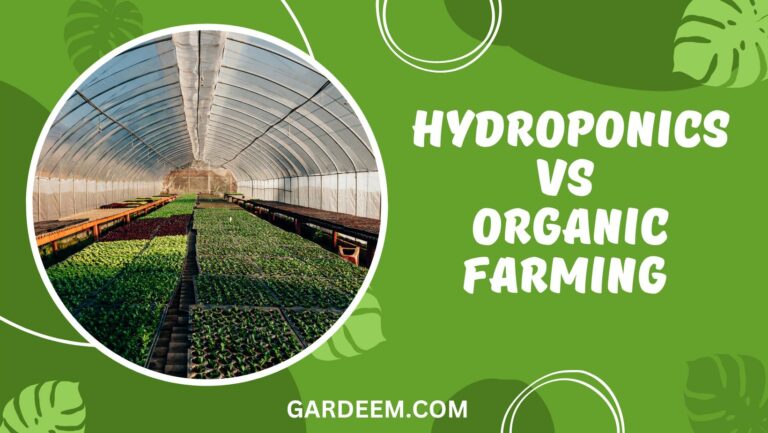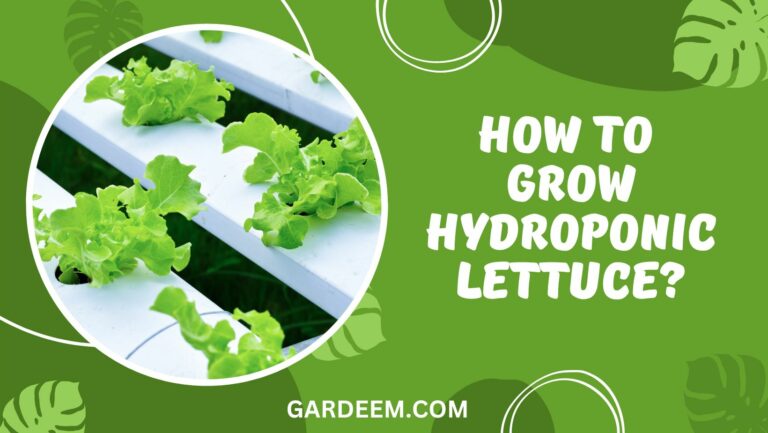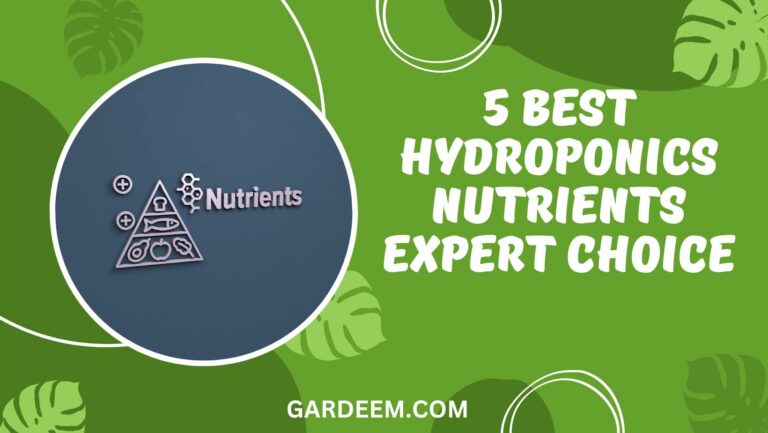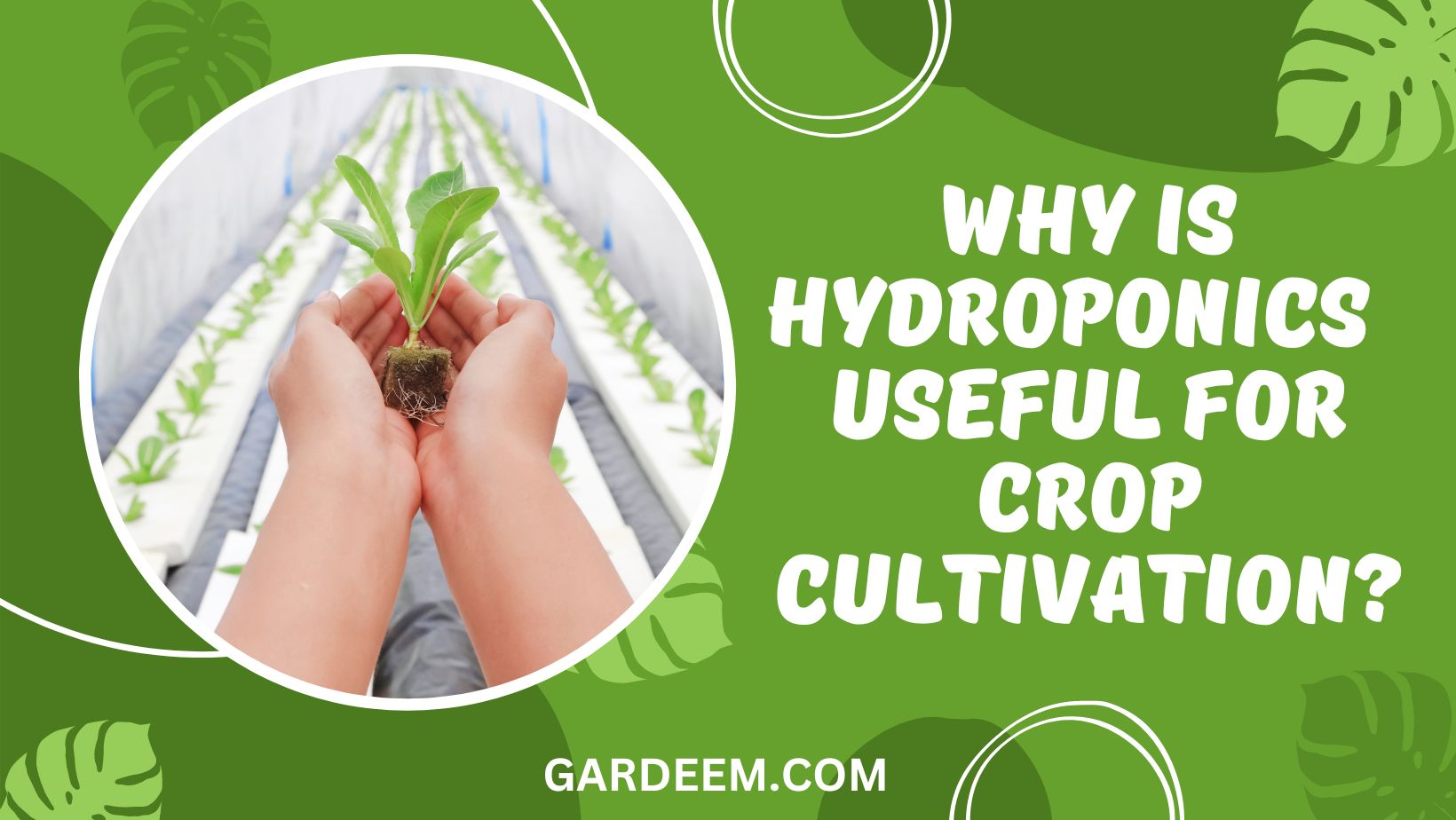
Hydroponic farming has seen a real boom in recent years. As we briefly discussed when we discussed where is hydroponics used today, there are more and more commercial growers starting up large scale operations.
In this post, we’re going to look at why hydroponics is useful for crop cultivation and how it can offer a potential (theoretical) method to feed the world, even in some of the poorest countries. Let’s get started!
There are two main types of hydroponic systems used in commercial farming setups:
Active systems
These are more mechanical and use pipes and pumps to bring water to the plants.
Passive systems
These don’t require any moving parts and rely on the grow medium to trap water and nutrients.
Types of Hydroponic Farming
Most choices of which to use come down to money and available resources, and the systems listed below are probably the most common for growing crops with hydroponics.
Deep Water Culture System
This is the most popular choice for large commercial grow setups. In the Deep Water Culture system (DWC), the roots of the plants are constantly splashed with nutrient-rich water using air stones.
Wick System
The wick system is the most simple of all hydroponic setups. In the wick system, plants are potted in the growing medium just above a nutritional solution container. Wicking material is then dipped into the nutrient solution and transferred nutrients from the bucket to the plants.
Because there are no moving parts involved, this is an easy system to set up when resources are scarce, which is why so many third-world countries are now looking to it as a possible solution for empowering people to grow their food.
Hydroponics Is Useful For Crop Cultivation
Hydroponics has relatively few downsides compared to traditional agriculture, and many benefits make it incredibly useful for crop cultivation.
These include:
- Crops can be grown pretty much anywhere and aren’t limited by soil types
- No seasonality, which means crops can be grown year-round.
- Crops develop faster in an optimised system
- Water efficiency – less water is wasted in hydroponic systems
- No weeds
- No soil-borne diseases
- Less labor-intensive cultivation and harvesting
- No need for crop rotation
The Negatives Of Hydroponics
While it’s easy to assume that hydroponics is all positives with no negatives, there are a few important things to consider when looking at it as a growing method.
Requires some knowledge of crop nutrition.
Hydroponics is about creating an optimal environment for your crops and plants. A huge part of this is about ensuring that the right level of macro and micronutrients are added to the system to allow your plants to thrive.
Some systems can be expensive to set up.
This is perhaps only relevant to large commercial operations, but some hydroponics systems can be more expensive to set up and run than others.
It’s worth remembering that mechanical parts will eventually need replacing. However, this shouldn’t put you off, as this is no different to traditional farming.
Power failure is a problem.
The one weakness in any active hydroponics system is the reliance on power to run the pumps. If you’re looking to set up a commercial system, you must factor in some backup power unit just in case the power goes out, as power failure can result in your crops being drowned or withering without enough water.
The Bottom Line
So there you have it. Hopefully, it’s now a little clearer to see why hydroponics is helpful for crop cultivation and understand a little more about what’s required for a more extensive system to run efficiently.

Hi, I’m Miles, the lead team member behind Gardeem.com. Besides being a passionate grower and writer, I’m a husband, father and grandfather to three! I started Gardeem in 2017 to provide simple and reliable gardening advice to everyone, regardless of their ability levels.

